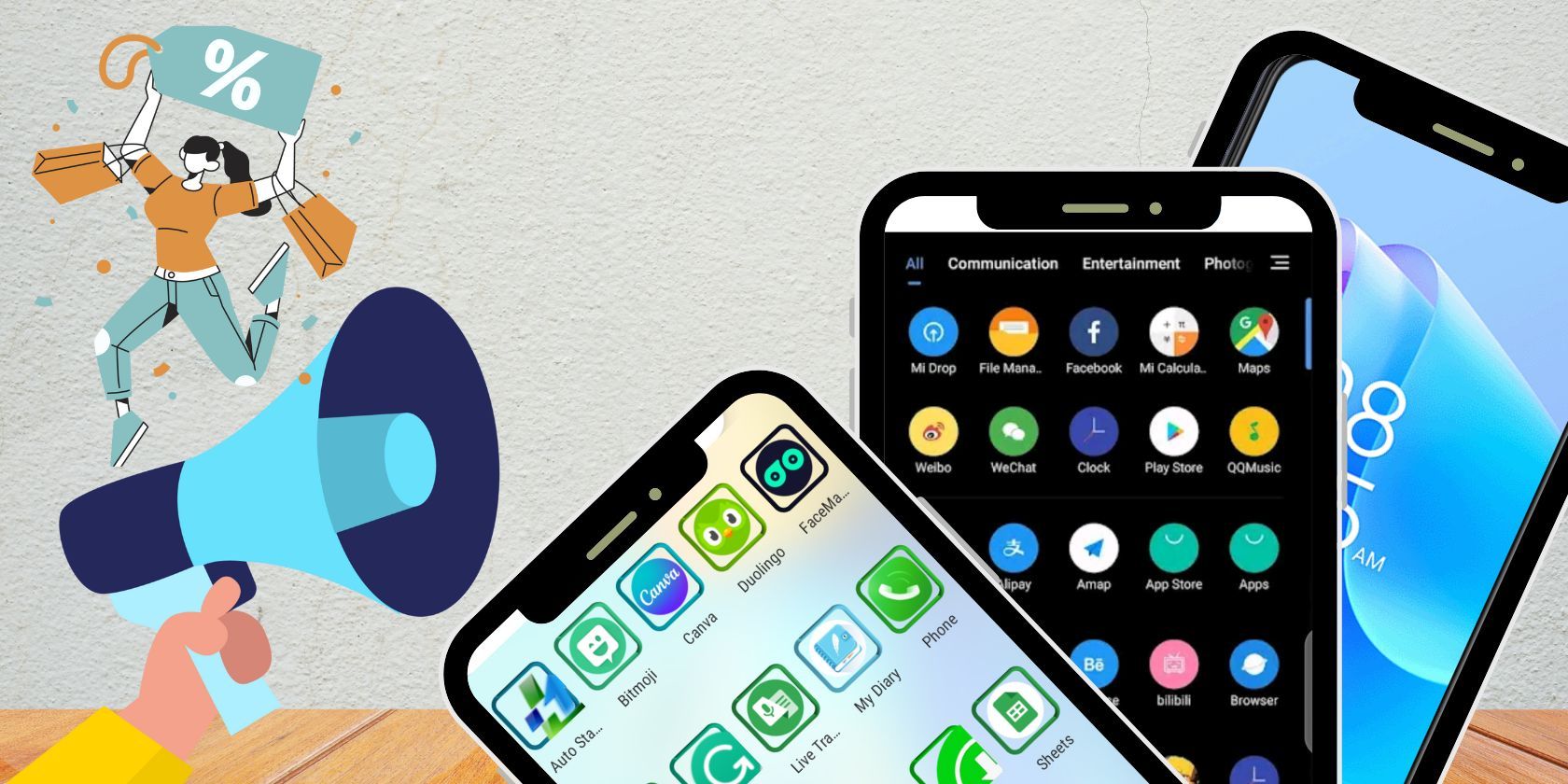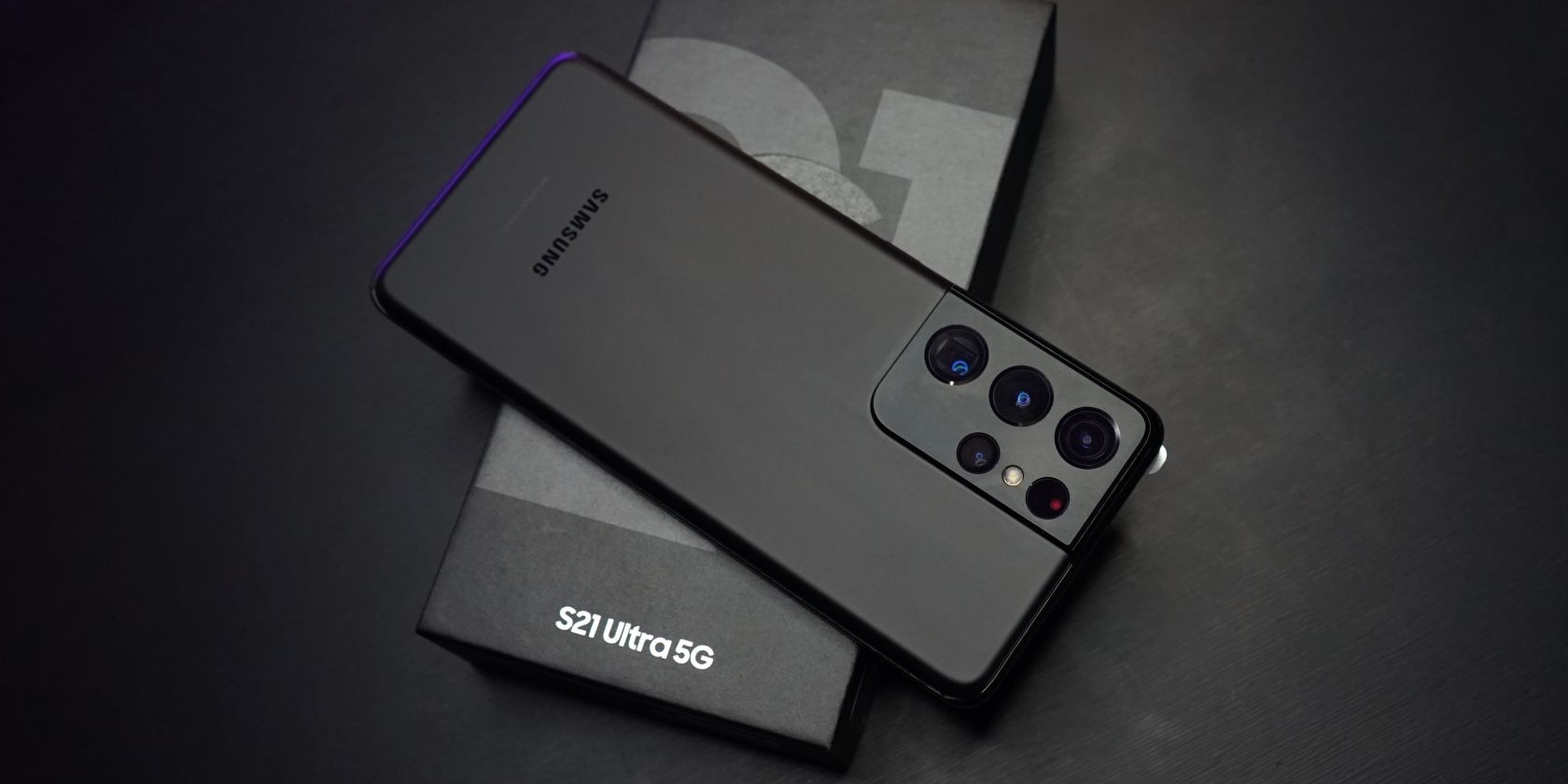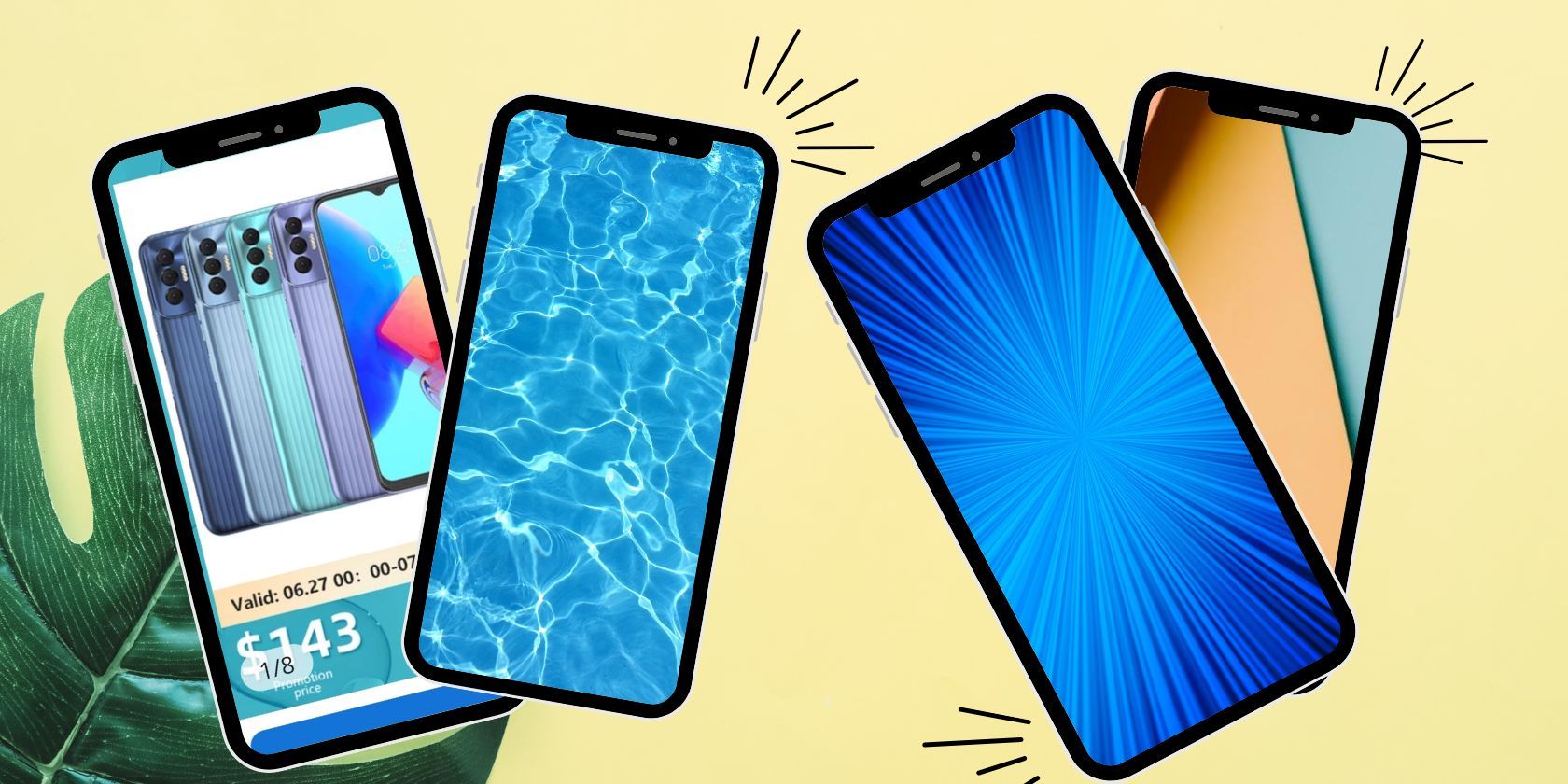There are many things to consider when you're in the market for a new smartphone. There's the camera quality, battery capacity, charging speed, and a range of other frequently talked-about phone specifications.
However, dwelling solely on hard specs might not help you make the best buying decisions. There are other tips that can help you get the best value for money while also getting a product that meets your needs.
4 Smartphone Buying Tips You're Likely Missing
Below, we've put together some less-talked-about buying tips to help you make the best decision when you're next in the market for a new smartphone.
1. Old-Flagship or New Mid-Range?
Given the option of choosing, most people would choose the latest smartphone over an older model. However, newer doesn't necessarily mean better in the tricky world of smartphone marketing. So, what's the best option between an older flagship and a recently launched mid-range device?
Well, flagships are called flagships because of the specs they pack. Older flagships could still offer an overall better performance than a new mid-range device. It could feature a better camera, chipset, and build quality.
For instance, back in 2020, after the launch of the mid-range Samsung Galaxy A71, the 2018 Samsung Galaxy Note 9 was still a more tempting option. With a budget of $400, you could get the newer Galaxy A71 or, the older Note 9 from eBay at a similar price. But how did the two phones stack up?
The Note 9's glass body offered a more premium feel than the plastic finishing on the A71. The Snapdragon 845 chipset on the Note 9 also outshone the A71's newer but less powerful Snapdragon 730. Although the A71 came with improved image processing software and sensors, a few additional camera features, like optical image stabilization on the Note 9, made it an offering worth considering.
It's not just a Samsung thing. Even in the same year, both Xiaomi and Oppo had colorful mid-range phones that couldn't beat their older flagship counterparts. The 2018 Oppo Find X still had a lot of advantages over the 2020 Oppo Find X2 lite. Similarly, the 2020 mid-range Xiaomi Mi Note 10 Lite couldn't match up against the 2018 Xiaomi Mi Mix 3.
This is not a historical thing; it still happens. The 2022 Samsung Galaxy A53 is one of the best mid-range Android smartphones money can get, but it still doesn't pack the premium features that Samsung's older 2020 flagship—the Galaxy S20 Ultra—offers. The good part? You can find the S20 at significantly reduced prices two years after launch. However, this is in no way a blanket endorsement of older flagships over newer mid-range devices. But it is definitely a choice worth considering.
Nonetheless, the gap between mid-range and flagship devices is shortening. Features considered too costly to deploy on mid-range phones are gradually popping up on mid-range devices. Also, with newer mid-range devices, you're likely to get better batteries, camera software, and longer software support. You can read our detailed new mid-range vs. old flagship phones comparison if you need more guidance on the topic.
2. How Much Should You Pay for A Smartphone?
In an era where smartphones have broken the thousand-dollar threshold, how much should you pay for a smartphone?
For a budget of less than $250, you should expect a bottom-range device that can handle the basics comfortably. Durability should be guaranteed. However, don't expect NFC, wireless charging, or a water-resistant rating. Also, you might have to deal with a processor with a considerable performance gap, alongside less RAM and internal storage.
For smartphones of $250 to $350, a processor that can handle basic gaming and a fingerprint scanner is a must, unless you don't need them. 4GB of RAM should be the least you should accept, but it should ideally be higher. At least 128 GB of storage is ideal for this budget range, but that's not always the case.
You should aim for the so-called flagship killers for a budget of $350 to $500. With these devices, you get a device that offers a premium feel, adopting as many features of a flagship device as possible.
Smartphones in the range of $500 to $700 should feature specs that are among the best in the industry. Devices within this price point should come with an additional cool factor beyond the standard specs.
For anything above $700, you should aim for true flagships. Although flagships from phone makers like Samsung and Apple are mostly above the $1,000 mark, you'll still find flagships from popular Chinese brands like Oppo, Xiaomi, and Vivo that can hold their own at lower prices.
However, it's essential to know that apart from a few exceptions, most flagships above $1,000 are overkill, usually packed with a lot of not-that-important features. You can check out our detailed guide on how much you should pay for a smartphone to help you determine your price point.
3. Should You Consider Less Popular Brands?
The fear about little-known brands is the air of uncertainty surrounding them. With big names like Apple and Samsung, you get some semblance of quality and durability assurance. As a result, whenever you want to buy a new smartphone, you rarely think of the smaller brands. But you're missing out.
If you're constrained by budget, brands like Oppo, Xiaomi, and Vivo will undoubtedly deliver the best value for money. With them, you can get most of what the big-name flagships offer at a significantly lower price.
Take the Xiaomi Mi 11 Ultra, for instance; it obliterates the Galaxy S21 in a few performance metrics but is retailed at almost half the price. No, it's not necessarily the better device, but it offers by far the best value for money. In the mid-range niche, Xiaomi Note 10 outperforms the more popular Samsung Galaxy A53 but retails at a significantly lower price as well.
Oppo, Xiaomi, and Vivo are considered mainstream brands outside the US. So there's not much to be afraid of. But then, on even tighter budgets, other little-known brands can offer great value for money with some durability assurance.
So when you want a new smartphone, don't just think iPhone 13 Pro, Samsung Galaxy S22, or maybe the Pixel 6A. There's the phenomenal Nubia Redmagic 7S Pro that can handle intense gaming, the Oppo Reno 8 Pro that offers excellent value for money, and the Vivo V23 with impressive selfie cameras.
4. Don't Blindly Follow the Reviews
One of the best places to research a smartphone is the review platform. You'll find entire websites and YouTube channels dedicated to smartphone reviews. Millions of people make informed buying decisions from what reviewers have to say.
However, it's essential to look beyond the reviews from smartphone reviewers. Although the reviewers want to give honest opinions about a product, smartphone manufacturers sometimes interfere. Companies have different ways of indirectly influencing reviews.
They deploy certain tactics to ensure major smartphone reviewers either say too little or do not review certain features of their product at all. It could turn out that those particular features could have influenced your decision against buying that product. Apart from this, they also use "review embargoes," a way to stop smartphone reviewers from extensively reviewing certain products for a certain period. This time typically lasts just long enough for them to ship a considerable unit of the product.
This way, even if a smartphone has terrible reviews, they've already shipped quite a lot of it. If you're wondering how manufacturers can wield that much power over reviews, you're not alone. One of the ways they achieve that is by offering free samples of their products to reviewers, sometimes weeks before it goes on sale.
In exchange, they can give an honest review of their product, but with some caveats, like, say, obeying a review embargo. No, this doesn't mean you shouldn't trust reviews, far from it. However, it might be wiser to also look out for real-world reviews from peers who have used the product. This is one of the reasons it is a good idea to buy a smartphone some weeks after its release.
Look Beyond the Specs Sheet
A smartphone's specs sheet is a great place to glimpse how the phone will perform. However, when it comes to making a balanced buying decision, there's much more involved.
To get a smartphone that meets your needs at the best possible price, you'll need to consider the not-so-talked-about questions we've shared in this piece.





